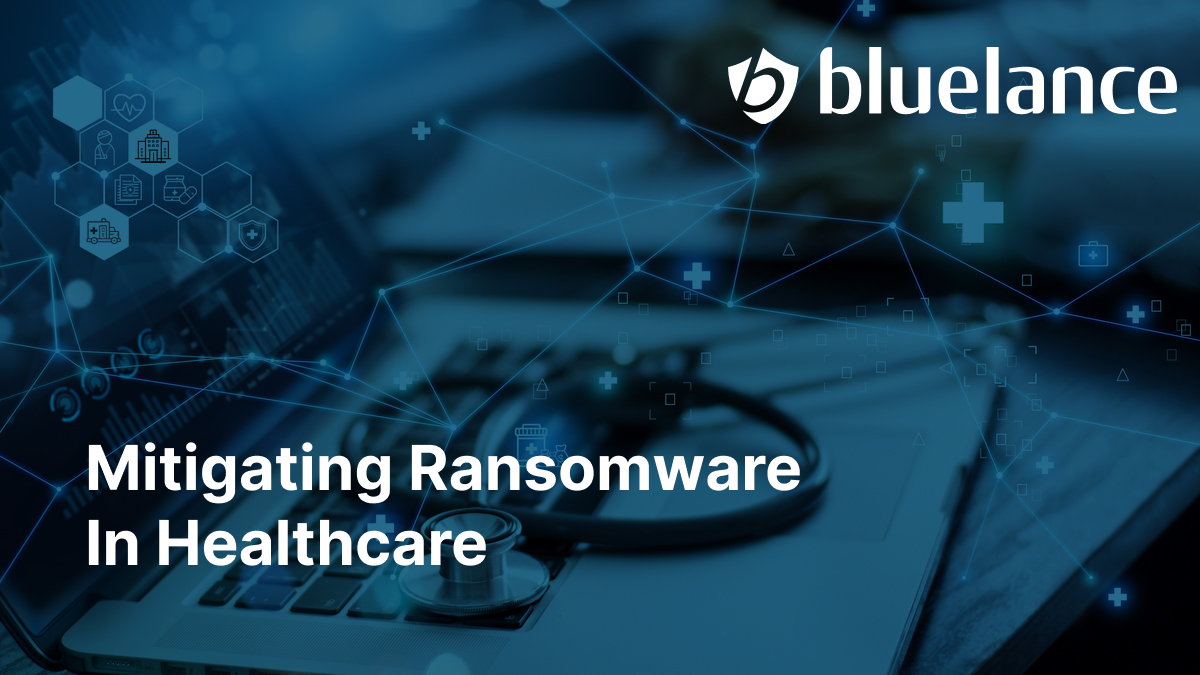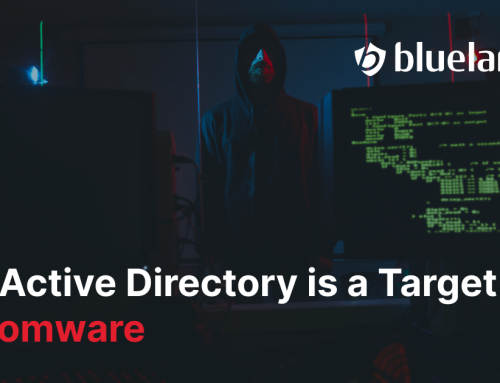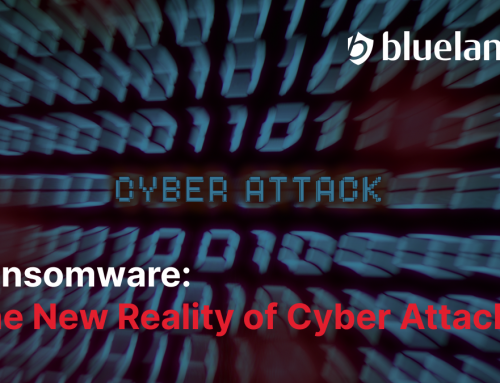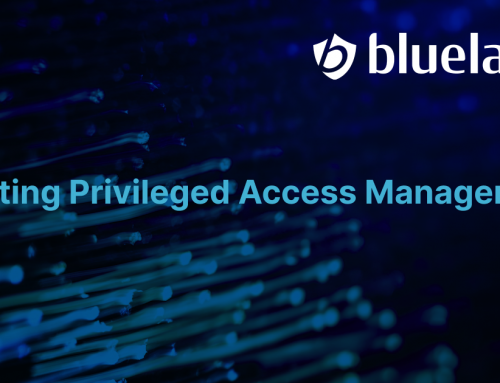Why Ransomware is common in the healthcare industry?
Healthcare organizations are often targeted by cyberattacks because they have a large amount of high value information that can be stolen or used for malicious purposes. This information includes patient medical records, financial data, and personal identification information, as well as intellectual property related to medical research. These types of data are of high value to cybercriminals and nation-state actors, making health care organizations a particularly attractive target. As a result, it is important for health care organizations to take steps to protect themselves against these types of attacks to protect the privacy and security of their patients and their own resources.
Ransomware attacks threaten patient privacy by compromising the confidentiality of their personal and medical information. This occurs when hackers gain access to healthcare databases and steal sensitive data, or when malware is used to infiltrate computer systems and capture information as it is being entered or transmitted. If patient data is not properly secured, it can be used for identity theft, fraud, and other malicious purposes, which can have serious consequences for patients and their families.
Healthcare Organizations, a prime target for cyberattacks
Stolen medical records fetch a much higher price on the dark web compared to stolen credit card numbers. The consequences of a cyberattack for health care organizations is much more severe as the cost of remediation is usually much higher compared to other industries. On average, it costs approximately $408 to remediate a breach involving a single stolen health care record, compared to an average cost of $148 for a non-health record.
Cyberattacks can also threaten clinical outcomes by disrupting the delivery of healthcare services. For example, if hackers gain control of a hospital’s computer systems, they may be able to manipulate or delete important patient information, such as medication lists or allergy profiles. This can lead to incorrect diagnoses, inappropriate treatment, and serious harm to patients.
In addition to these risks, cyberattacks can also have significant financial impacts on hospitals. The cost of responding to a cyberattack, including the expense of hiring outside experts to help restore systems and prevent future attacks, is significant. Hospitals may also face financial losses due to lost productivity and revenue if they are unable to provide healthcare services because of a cyberattack.
How to protect sensitive data from ransomware in healthcare organizations
There are several proactive steps that hospitals and other healthcare organizations can take to protect against breaches of electronic protected health information (ePHI):
- Implement strong security measures: This includes installing and regularly updating firewalls, antivirus software, and other security tools to protect against cyber threats.
- Use secure networks: Use secure, encrypted networks for transmitting ePHI and other sensitive information.
- Limit access to ePHI: Only grant access to ePHI to authorized individuals who need it for their job duties. Use strong passwords and implement two-factor authentication to help prevent unauthorized access.
- Train staff on cybersecurity best practices: Educate staff on the importance of protecting ePHI and how to recognize and report potential threats.
- Develop an incident response plan: Having a plan in place to respond to a breach can help minimize the impact of an attack and ensure that appropriate steps are taken to restore systems and prevent future breaches.
- Regularly assess and test security measures: Regularly assess and test the effectiveness of security measures to ensure they are adequate and up to date.
- Use secure devices and software: Use secure devices, such as laptops and smartphones, to access ePHI, and ensure that all software used to store or transmit ePHI is kept up to date with the latest security patches.
How LT Auditor+ protects healthcare organizations from ransomware
LT Auditor+ is a cybersecurity assessment and auditing tool that can be used to improve the security of healthcare organizations by helping them identify vulnerabilities and weaknesses in their systems and networks. Some specific ways that LT Auditor+ can be used to improve healthcare security include:
- Conducting regular security assessments: LT Auditor+ can be used to conduct regular automated security assessments to identify vulnerabilities in a healthcare organization’s Active Directory systems. These assessments can help identify weaknesses that need to be addressed to improve security and reduce the attack surface area.
- Detecting and preventing cyber threats: LT Auditor+ includes threat detection capabilities so healthcare organizations can identify suspicious activities to prevent cyber threats, such as ransomware, data exfiltration, and reduce network dwell time.
- Improving compliance: LT Auditor+ helps healthcare organizations meet regulatory compliance requirements, such as HIPAA and HITRUST by identifying potential compliance issues and providing guidance on how to address them.
- Enhancing incident response capabilities: LT Auditor+ assists healthcare organizations to improve their incident response capabilities by providing alerts and notifications when potential threats are detected.
Conclusion
In summary it is important for hospitals to take steps to protect themselves from cyberattacks, including implementing strong security measures, training staff on cybersecurity best practices, and developing incident response plans to help mitigate the risks and impacts of an attack. Healthcare organizations can improve their security posture and protect against cyber threats by using LT Auditor+ to regularly assess and monitor their systems and networks.








Leave A Comment